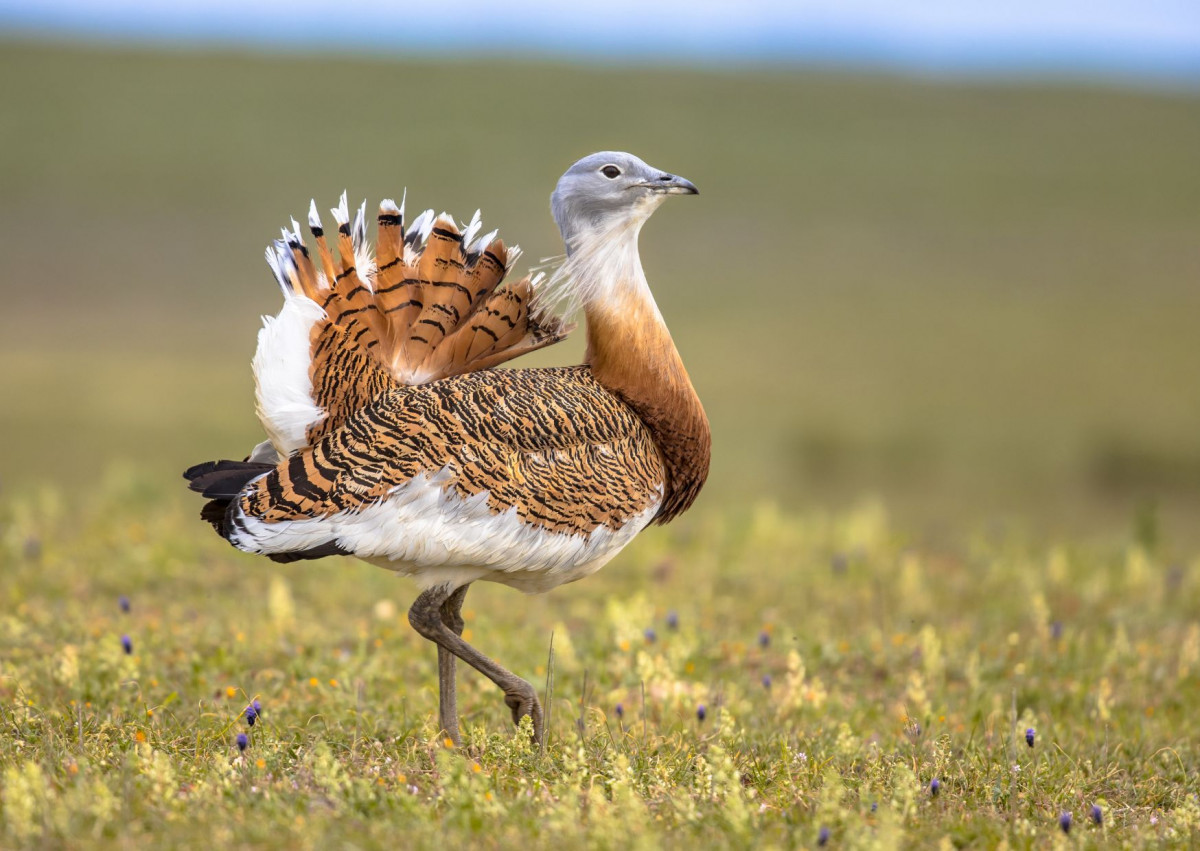The 14th Meeting of the Conference of the Parties to the Convention on Migratory Species (CPS COP14) ended with the approval of a series drastic measures for the conservation of migratory species.
The COP14 started with the launch of first United Nations report on the state of the world’s migratory species. According to the document, out of thousands millions of animals migrating Across all terrestrial, riverine and marine ecosystems, almost half (44%) are declining, from giant humpback whales and elephants to reptiles, fish, birds and insects.
The statistics are particularly bad for the fish species mentioned, almost all of which are endangered. For these animals, migration is key to their feeding and reproductive patterns. These movements are part of our planet’s bloodstream, keeping the world connected and providing the ecosystem services on which humanity depends.
Above all, the Convention has succeeded in incorporating its priorities into the Kunming-Montreal Global Biodiversity Framework, specifically in relation to the recovery of endangered species populations and connectivity. The theme of the COP14 of the CMS was “Nature knows no boundaries”, reflecting the emphasis on ecological connectivity and within this framework the launch of the Global Alliance for Green Connectivity (GPEC).
They are taking drastic measures for the conservation of migratory species
When it was presented, Rafael Antelo, leader of WWF’s Wildlife Connect Initiative, said: “We believe that achieving ecological connectivity is the challenge of our time. However, no entity can achieve such connectivity alone. “This partnership is an important step forward in our collective ability to impact connectivity at scale.”
For his part, Chris Johnson, global leader of the WWF Whale and Dolphin Protection Initiative, said: “The conservation needs and threats to migratory species They must be tackled more effectively, on a larger scale and with renewed determination. “Conservation of connectivity is a concept that recognizes that species survive and adapt best when their habitats are managed and protected as large networks of interconnected areas.”
With the support of the States in the range of the jaguar, the COP14 of the CMS has adopted a new initiative for the conservation of the feline, which will not only contribute to efforts at the national level, but also enhance cooperation with the Convention on International Trade in Endangered Species of Wild Fauna and Flora (CITES) and the Jaguar 2030 Roadmapof which WWF is a partner organization.
He also witnessed the adoption of a resolution on important areas for sharks and rays, in response to the alarming status of these species worldwide. It was decided to invite Parties to support the identification of such areas and to consider them for spatial planning and conservation, including through their National Biodiversity Strategies and Action Plans (EPANB)which needs to be developed in the context of the Kunming-Montreal Global Biodiversity Framework.
The Parties agreed to improve their efforts in information gathering, management and conservation of the blue shark, the most commonly caught shark species in the world, and agreed to establish an action plan for the Conservation of the critically endangered Mediterranean angel shark.
The COP14 has added a range of birds, mammals and fish to the appendices. Among other notable resolutions, stricter protections were agreed for the tiger shark and for the Mediterranean populations of the giant guitarfish, bull ray and Lusitanian sparrowhawk, and it was agreed to redouble international cooperative efforts for the conservation of two species of giant South American catfish.

